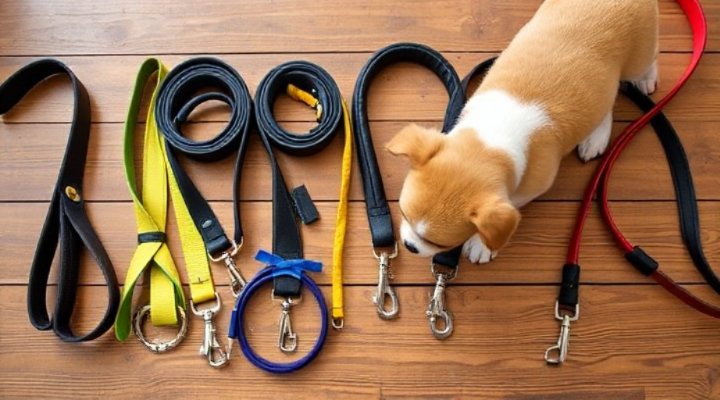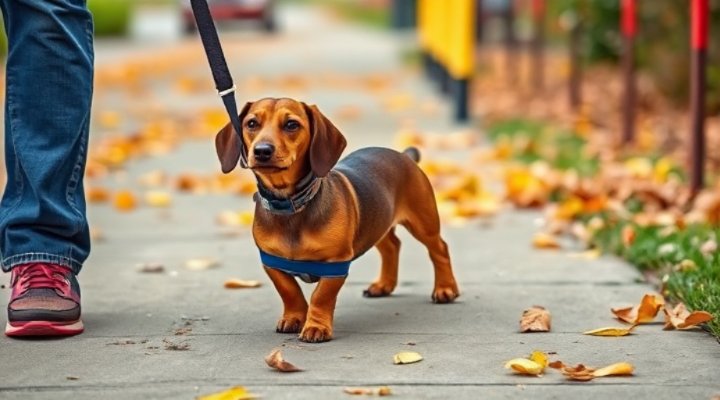Training your puppy to walk politely on a lead is one of the most rewarding – and sometimes challenging – aspects of dog ownership. The good news? With patience and consistency, any puppy can learn to walk nicely on leash. Let’s explore the step-by-step process to make your walks enjoyable for both of you.

Why Lead Training Your Puppy Matters
Before we dive into the how, let’s discuss the why. Proper lead training:
- Keeps your puppy safe from traffic and other dangers
- Prevents pulling that can damage their developing joints
- Makes walks enjoyable rather than stressful
- Strengthens your bond through positive interactions
According to the American Veterinary Medical Association, early leash training helps prevent behavior problems later in life.

Choosing the Right Equipment
The first step in lead training your puppy is selecting proper gear. Here’s what you’ll need:
- Harness or collar: For most puppies, a front-clip harness works best to discourage pulling
- Leash: A 4-6 foot lightweight leash is ideal for training
- Treats: Small, soft treats your puppy loves
Our article on choosing the best leash provides more detailed recommendations.
When to Start Lead Training
You can begin basic lead training as soon as your puppy comes home, usually around 8 weeks old. Start with short, positive sessions indoors before moving outside.

Step-by-Step Lead Training Process
1. Introduce the Equipment
Let your puppy sniff and investigate the harness and leash before putting them on. Reward with treats to create positive associations.
2. Practice Indoors First
Start in a quiet room with minimal distractions. Let your puppy drag the leash (supervised) to get used to the feeling.
3. Teach Loose Leash Walking
When your puppy walks without pulling, say ‘yes!’ and reward. If they pull, stop walking until the leash loosens.
For more advanced techniques, check out our guide on training your dog to walk on leash.

Troubleshooting Common Problems
Puppy Refuses to Move
If your puppy plants their feet, try:
- Using extra tasty treats to lure them forward
- Making happy, encouraging noises
- Practicing in very short sessions
Excessive Pulling
For persistent pullers:
- Change direction when they pull
- Use a front-clip harness
- Practice in low-distraction areas first
Remember, consistency is key! Even 5-10 minutes of daily practice will yield results.
Making It Fun for Both of You
Lead training shouldn’t feel like a chore. Try these tips to keep it enjoyable:
- Incorporate play breaks during training
- Explore new routes to keep things interesting
- Join a puppy socialization class for structured practice
With patience and positive reinforcement, your puppy will soon be walking politely by your side. Before you know it, you’ll have a perfect walking companion for years to come!
Related Keywords: puppy leash training, how to stop puppy pulling on leash, best leash training methods, teaching puppy to heel, loose leash walking techniques
